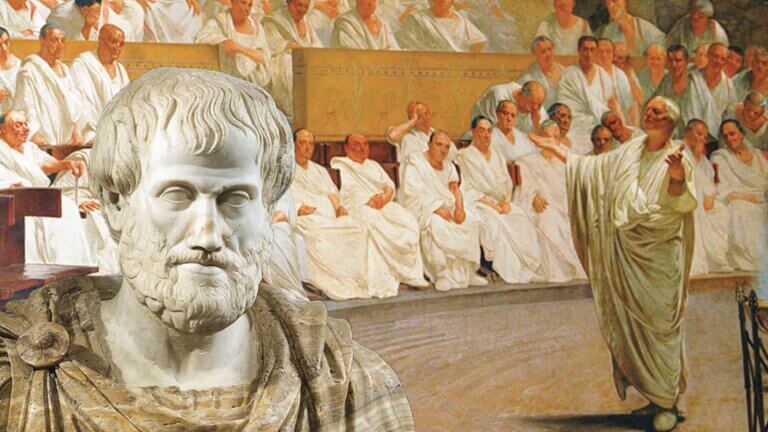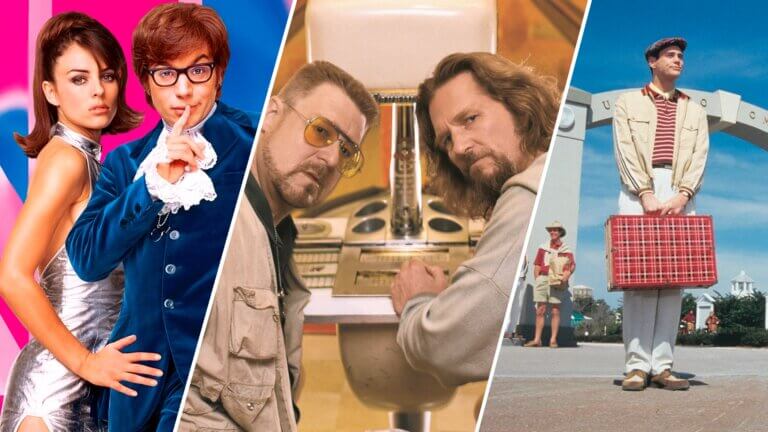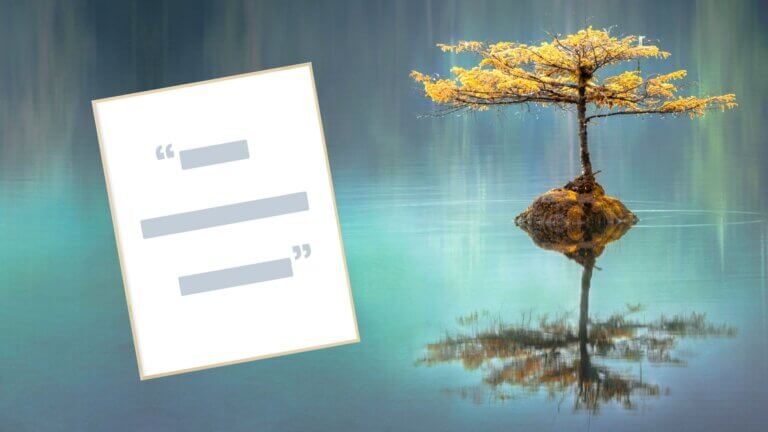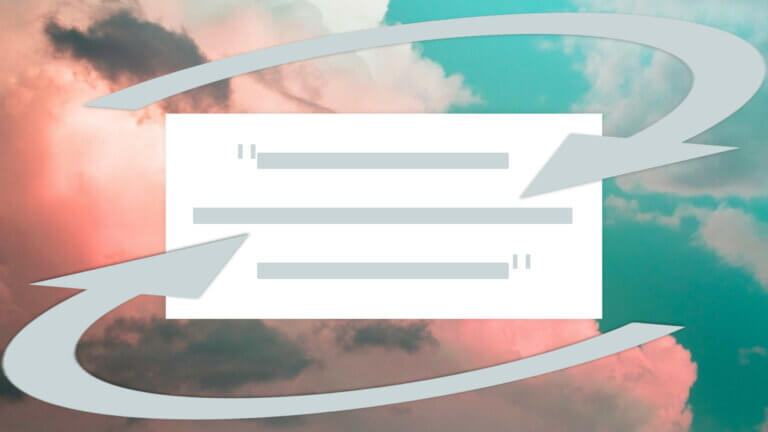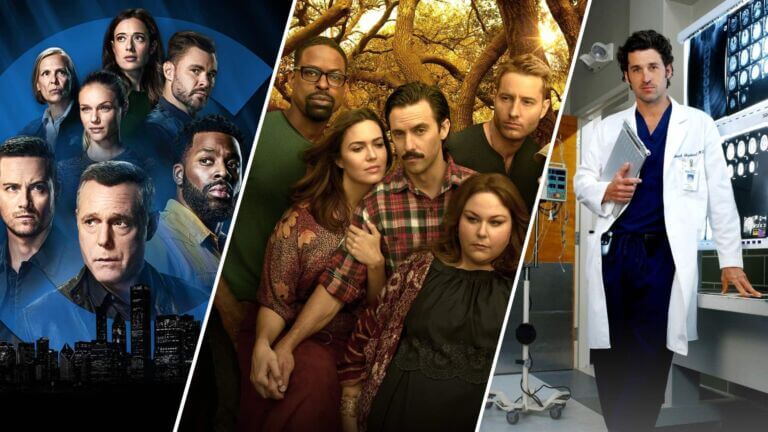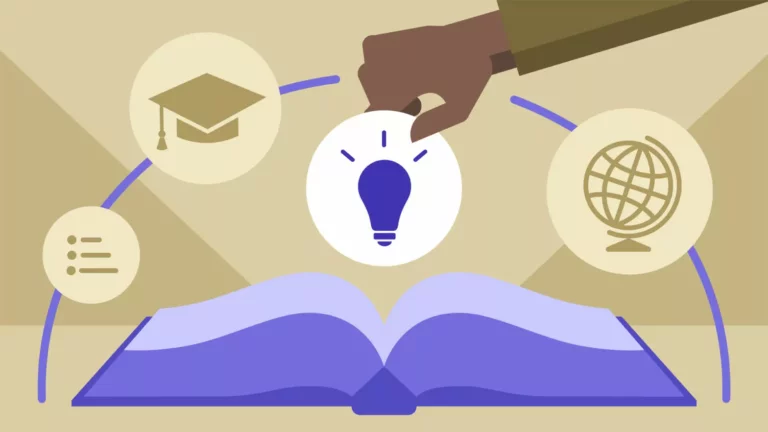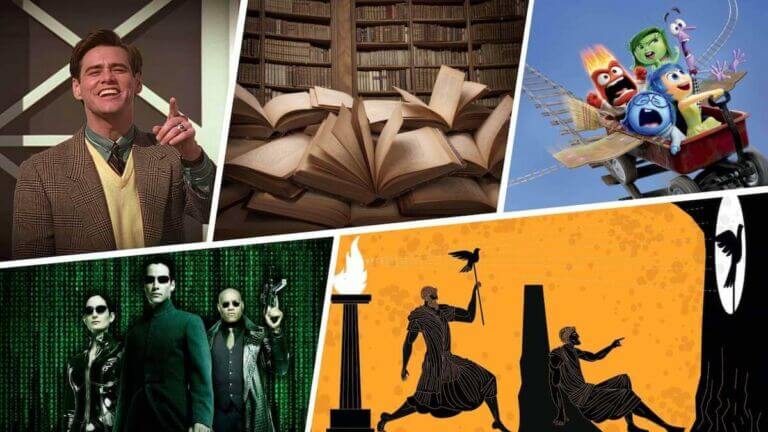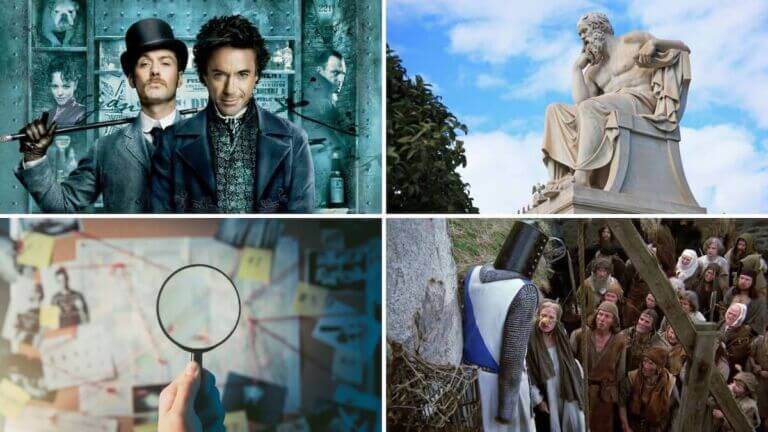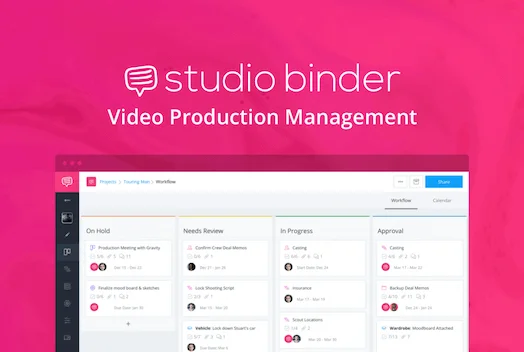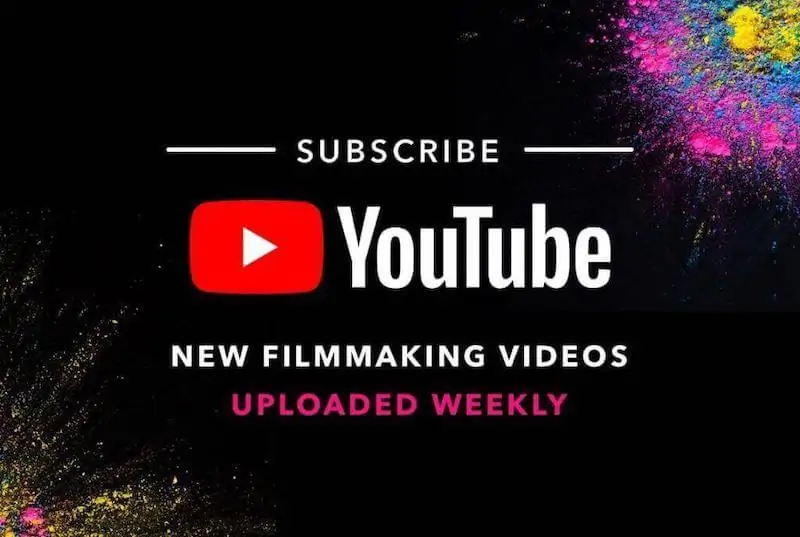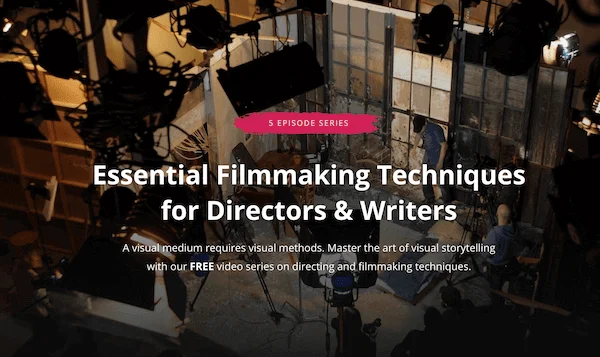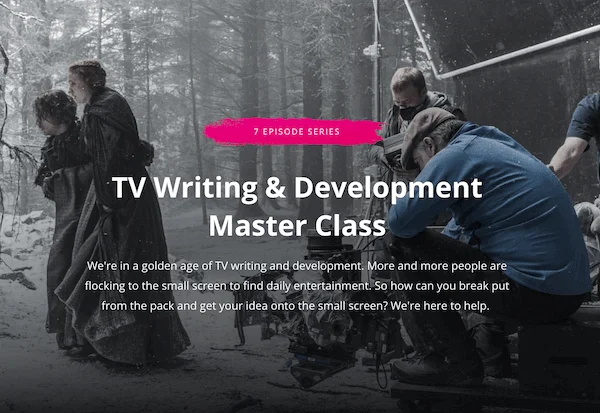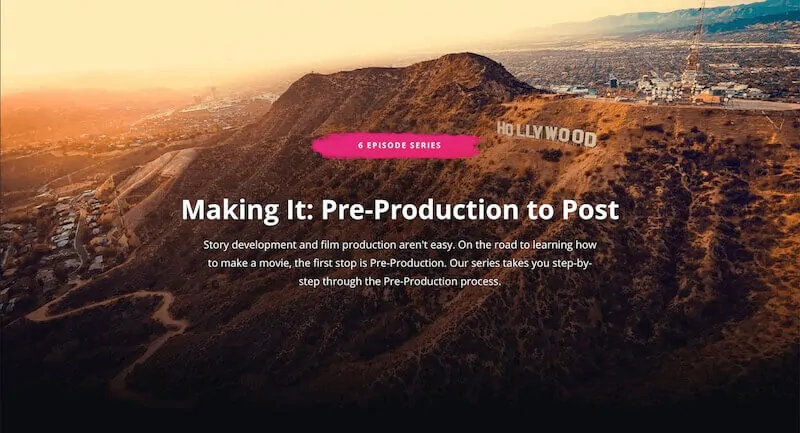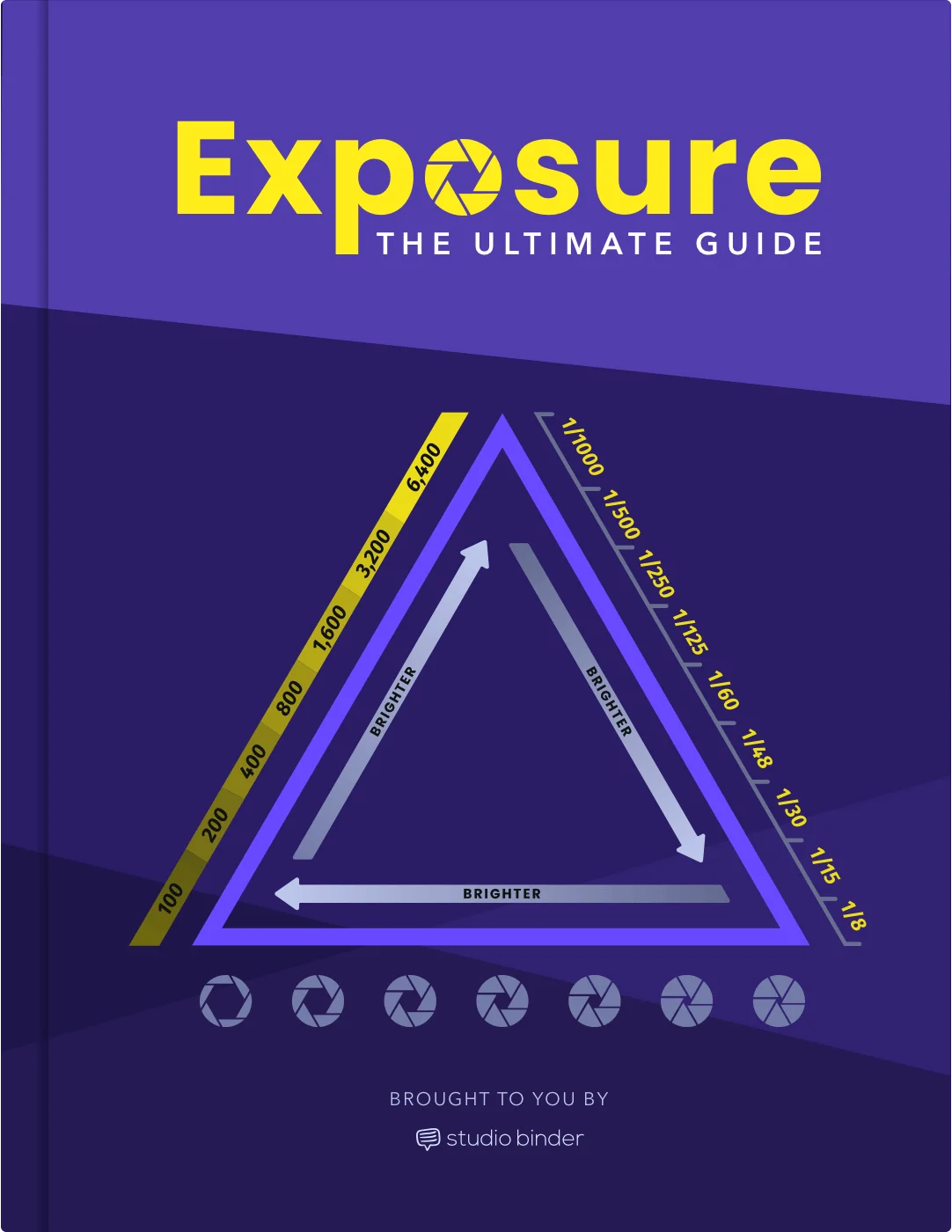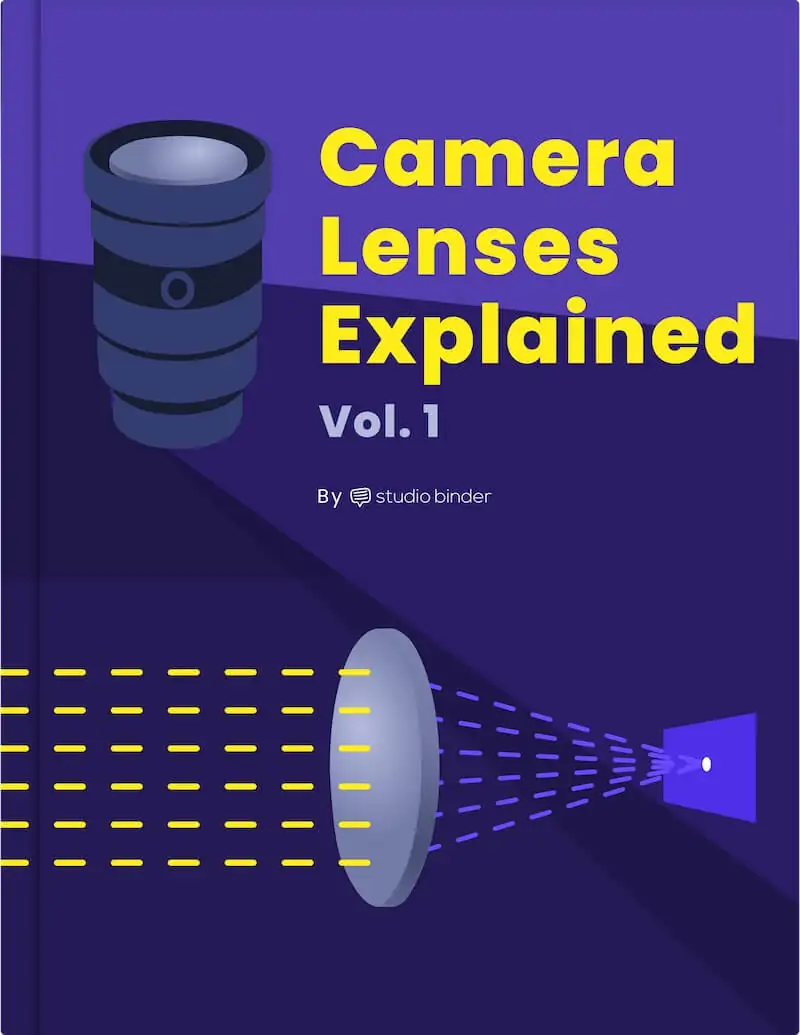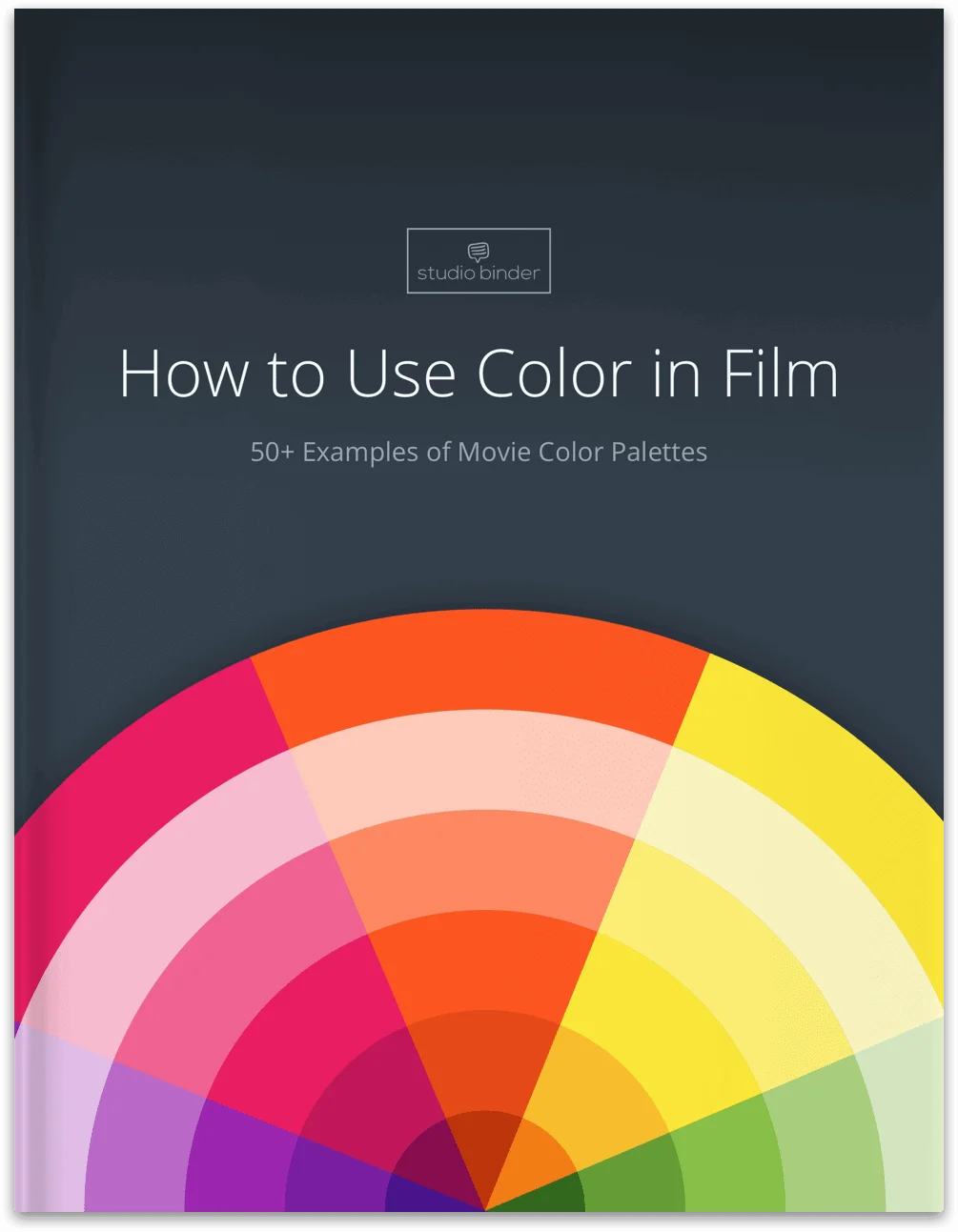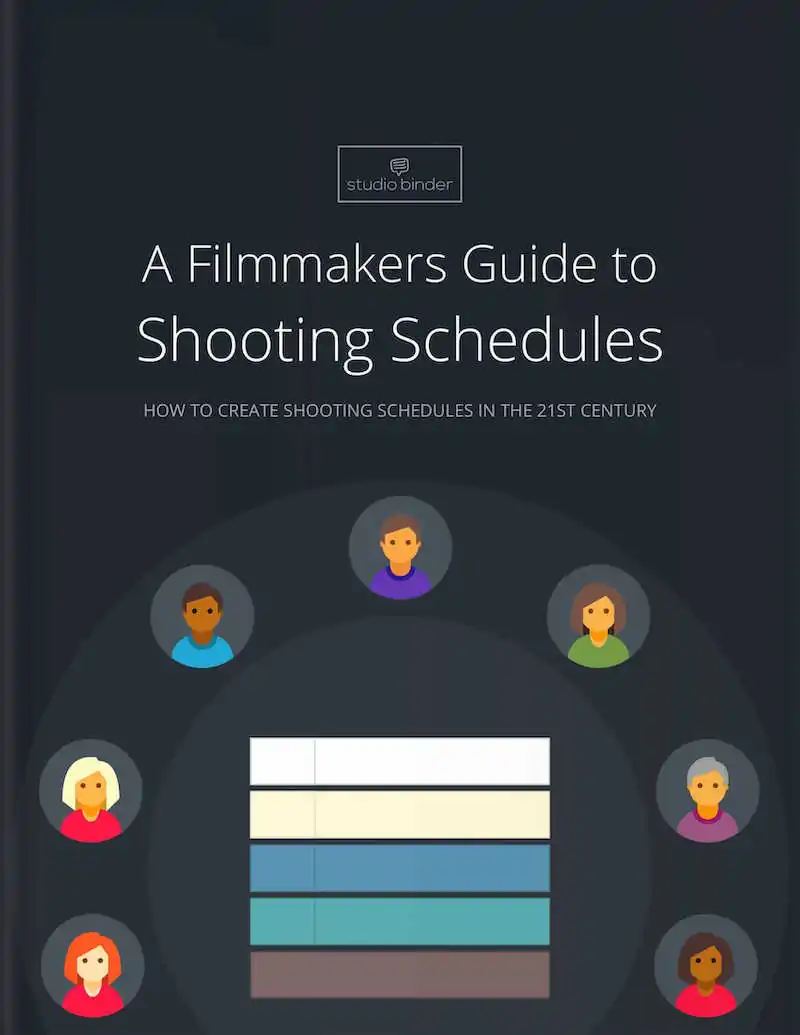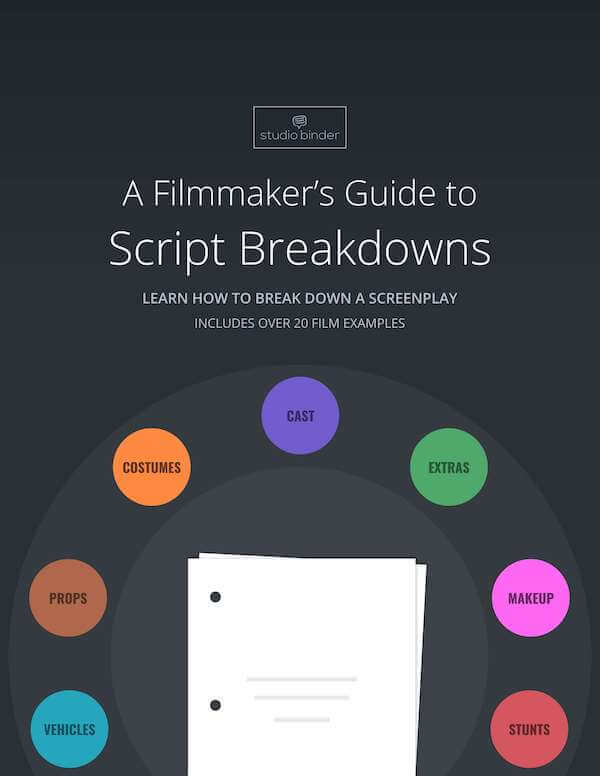You probably have heard of the terms ethos, pathos, and logos before. You may even understand what each is. However, you may not know them as rhetorical appeals. What are rhetorical appeals and how is each one a cornerstone of rhetoric? In this article, we’ll take a look at the components of the rhetorical appeals, how they are effective, and which one Aristotle thought was the most important in creating persuasive arguments. Continue reading What are Rhetorical Appeals — The Art of Persuasion Explained
Metaphors in and of themselves are a powerful tool to communicating ideas and concepts efficiently to a reader. However, when multiple metaphors are used in conjunction with each other they can become confusing. This is a common reason why many advise writers to avoid mixed metaphors. However, in this article we’re going to dive into some of the uses of the mixed metaphors that writers overlook. What is a mixed metaphor? This is specifically relevant in the world of storytelling and screenwriting. Continue reading What is a Mixed Metaphor: Definition & Examples
Unique descriptions, whether internal or external, are key to creating memorable and meaningful characters. And regardless of medium, character traits are critical considerations for any literary work. However, while they are typically noted in a character introduction, your chosen character traits should be noticeable throughout your characters’ presence on the page, and therefore, should be thoughtfully chosen and applied. Below, we’ll unpack character trait definitions and examples to help you gain a deeper understanding and how to implement them properly. Continue reading What are Character Traits — Examples & How to Write Them
What is a haiku? What distinguishes a haiku from other forms of poetry? We will provide a definition for haiku, explore the history of the form in Japan and around the world, and take a look at some of the most well-known haiku examples. Let’s get started with the definition of a haiku poem.Continue reading What is a Haiku — Definition, Examples and Structure Explained
What is a palindrome? Actually, there are a few different types and we will dig into all of them. In this post, we’ll define palindrome, cover the rules that govern the different styles, and take a look at examples of each type. We will even take a look at a few examples of palindromes in pop culture. Let's get into it!Continue reading What is a Palindrome — Definition, Examples & How They Work
Film is primarily a visual medium. Filmmakers have various tools to create meaning through visual elements, one of which is the visual metaphor. Visual metaphors are often subtle, but are incredibly important for filmmakers in communicating and resonating with an audience. What is a visual metaphor? How and why do filmmakers use them? We’ll break down a few visual metaphor examples to answer these questions and more.Continue reading What is a Visual Metaphor — Definition & Examples in Art & Film
Have you ever described someone as melodramatic or been described as melodramatic? The term melodramatic is widely used in common vernacular. However, most people don’t know that it derived from the sub-genre of the Melodrama. In this article, we’ll be taking a look at the Melodrama, its characteristics, and its origin. We’ll also take a look at the differences and similarities between the Drama and Melodrama. Let’s dive in. Continue reading What is Melodrama — Definition & Examples in Literature & Film
Even if we’re not conscious of it, we use inductive reasoning everyday. But what is inductive reasoning? We’re going to answer that question by looking at inductive reasoning examples from history. We’ll also show you how to recognize it in everyday life. By the end, you’ll know how to apply inductive logic and reasoning in the real world.Continue reading What is Inductive Reasoning — Definition and Examples
Every writer works from a place of passion. The ideas, concepts, stories or experiences that you pull from when you write can be crystal clear to you, but communicating those ideas to a larger audience may pose a challenge. One of the best tools for communicating abstract ideas in an engaging way is the extended metaphor. What is an extended metaphor and how is it different from a normal metaphor? How do writers use these metaphors in their work? In this article, we’ll take a look at the extended metaphor definition, metaphorical poems, and other examples to answer these questions. Continue…
If you’ve ever read a detective story before, you’ve probably heard the term “deductive reasoning,” but what is deductive reasoning and what makes it different from inductive reasoning? We’re going to answer those questions by looking at some deductive reasoning examples from Monty Python and the Holy Grail and Sherlock. By the end, you’ll know how to properly apply deductive reasoning in your writing and daily life. Continue reading What is Deductive Reasoning? Definition and Examples
